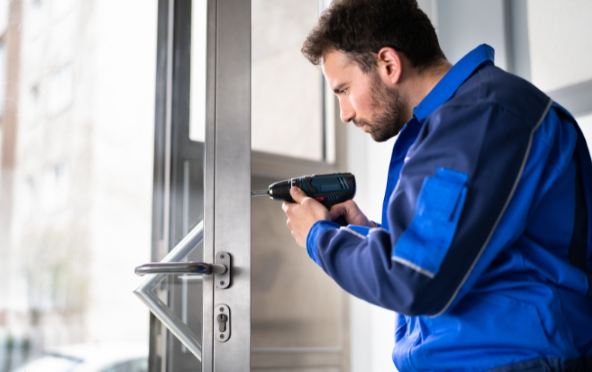Invisalign is a new and innovative technique of teeth straightening. This particular method uses clear teeth aligners to do the job. Unlike braces, they do the job well without having metal brackets inside your mouth which often have sharp edges. As part of the main aim of cosmetic dentistry, this process is like a beauty procedure as it is done to make you feel and look good. After this procedure, your teeth will have a pleasant and fine alignment. This procedure will give you the very best smile you would ever wish for. You can fully trust Aria Dental in this regard.
A question that has been running in most people’s minds is whether their general doctor could perform the Invisalign procedure to them well. Professionally the Invisalign procedure should be undertaken by an orthodontist. Unlike a general dentist, an orthodontist has specialized training in tooth straightening. There is a slight difference between an orthodontist and a general dentist. To become an Orthodontist, you must further your studies and specialize in teeth straightening after graduating from dental school. This training is given for about two to three years. You are trained on braces, straightening teeth, and also bite problems.
It means that the best person to carry out the Invisalign procedure should be an orthodontist. Joining the orthodontists training program is highly competitive. It is, therefore, a reserve for the top students in dental school.
However, a general dentist is also capable of performing the Invisalign procedure. It could only be possible if the general dentist has attended seminars and workshops that educate them on the Invisalign procedure. However, this does not mean that the general dentists required to attend various seminars and workshops can do it the same way as orthodontists. Unlike general dentists, orthodontists have a piece of deep knowledge about that area of study. With that in mind, another difference could be the fact that the skills of an orthodontist have been vigorously tested in examinations and other ways.
Before allowing a general dentist to be considered as an Invisalign dentist, there are various things you need to check.
Be confident in your dentist’s abilities
First is whether you are confident enough and sure that your dentist could do the Invisalign procedure with the same skill and care that a professional orthodontist would have used.
Whether a board of orthodontists has licensed the general dentist. The dentist might not have been a professional orthodontist, but through seminars, workshops, and other training, they can prove themselves to do the job. It will enable them to be given the orthodontist’s board the go-ahead.
How much orthodontic training they have received. If you are sure that your dentist has undergone enough training in that particular field, then you can be confident he will do the job well.
The number of cases handled by the general dentist
How many Invisalign cases has the general dentist handled? If you are not the general dentist’s first case, you could ask him the number of successful cases he has handled. After handling many cases, the dentist would be gaining more experience and skill every time he is dealing with a different patient. A general dentist who has done more Invisalign procedures than an orthodontist is considered better because he has more experience in that field. This proves that, at times, the experience could be more vital than knowledge as stated by Invisalign.
The number of Cases referred to a licensed orthodontist. If a general dentist has a high number of cases referred to a specialist in that line of work, then it means that he is not capable of handling the Invisalign procedure. An excellent general dentist you should trust to do the process for you should only have one or two cases referred to a certified orthodontist. This is because the process is very delicate, and it should be dealt with professionalism.
An orthodontist will always tell you other options and solutions for your problems. A general dentist could only have been trained in carrying out the Invisalign procedure. That means they might lack knowledge of other teeth-straightening methods and other cosmetic dentistry procedures. Choosing between braces and braces and the Invisalign procedure could be one of the general dentist’s challenges. This is because the two have the same role, but they are different, and they might fit well for different patients.
Orthodontists use special tools to perform their jobs
In a dentist’s work area, you will only sit on the dentist’s chair, and you will be operated on using simple tools that might not do the job efficiently. After visiting an orthodontist, you will be operated on using high-tech devices that can do the job perfectly well and within very little time. One step requiring high technology is making a 3D impression of your mouth to create the best fitting cases.
Before a general doctor or an orthodontist starts practicing and offering Invisalign services, they must first become a certified Invisalign provider. After becoming certified, you are ranked according to the number of Invisalign cases you have successfully done. There are about eight categories of ranking. The ranking starts from bronze to diamond. There is also a VIP ranking for any dentist with added skills from those in the eight levels. This ranking will help a patient to be able to choose between a general doctor and an orthodontist appropriately.
In conclusion, going to a general doctor or an orthodontist entirely depends on the patient. It is recommended that you visit an orthodontist for any issue relating to teeth straightening and other issues in the same field. However, if a general dentist you are aware of you trust and is ranked highly in this field, you can consider them.












